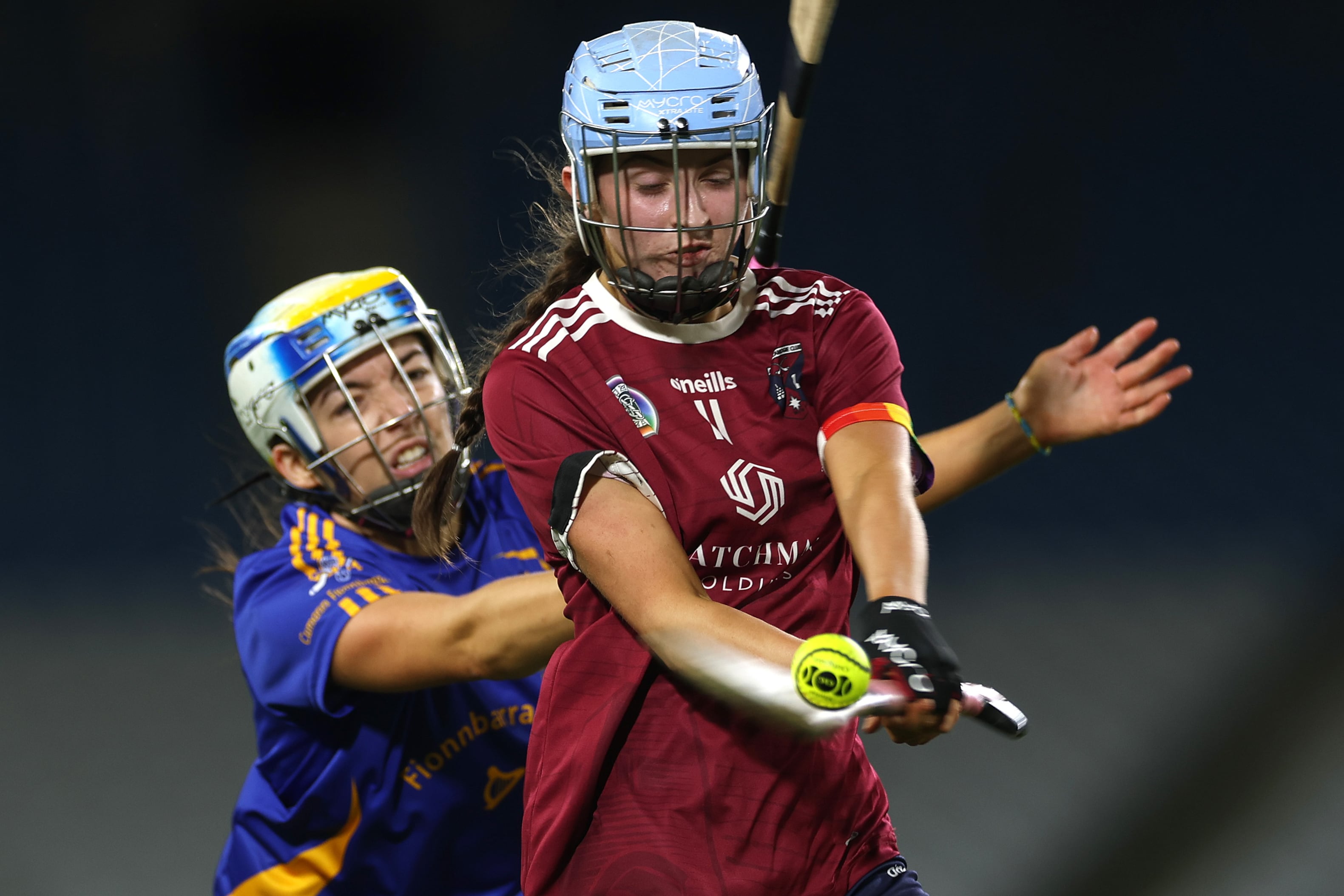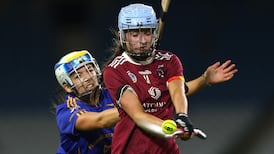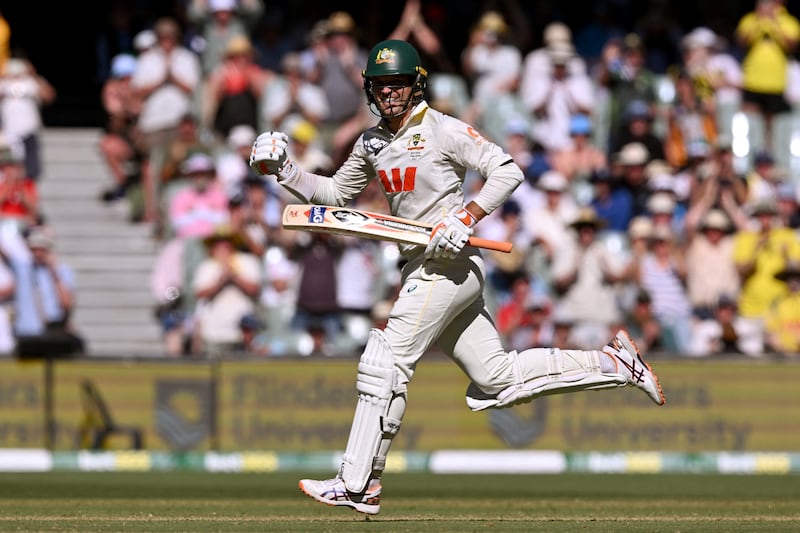If Richie Hogan’s book was a movie this scene would be in the trailer. Kilkenny were on a training weekend in 2011, early in his long career, and after he had broken through. Hogan had a thrilling talent, and empowering confidence, but part of him still craved validation. To service that need an adversarial process was available, without mediation.
Kilkenny’s training matches had a dystopian quality and in that febrile environment Jackie Tyrrell was Judge Dredd. Tyrrell and Hogan were paired off, corner forward and corner back. Hogan won the first ball and scored; next ball, Tyrrell swung across his face, splitting him on the cheekbone. “The blood gushed out,” writes Hogan. “It was a scandalous strike.” No whistle, no rebuke, no remorse.
Summary justice was a matter for each vigilante. He allowed Tyrrell to win the next high ball, uncontested, “and as he caught it, I swung as hard as I could across his chest,” writes Hogan. “He turned, a ball of rage, preparing to floor me with a punch, when I repeated the strike. We started wrestling, even as the game dragged on. When the ball came into our vicinity moments later, we were still flaking away.”
Afterwards Hogan controlled the post-conflict settlement. Tyrrell jumped into an ice bath, the mark of Zorro on his chest, and Hogan jumped in next to him. “The whole squad stared silently at us, waiting for the eruption.” Not a word passed between them. In the dressingroom, Hogan showered, packed his bag, and planted himself next to Tyrell.
RM Block
“I remained in that spot [in the dressingroom] for years,” he writes. “We never spoke about it. There was no need. I had demonstrated that I wouldn’t be pushed around.”
In that moment, it was the only context that mattered. In the Kilkenny dressingroom, the exchange rate between words and actions was a penny to a pound. Don’t tell us: show us. Making the team wasn’t conclusive proof of anything; the evidence would continue to mount.
“Myself and Jackie are good pals,” says Hogan now. “That was just the way it was done. It was a pivotal time for me. When I came through from minor to senior I felt a huge amount of pressure. There was a huge amount of expectation that I would get into the team straight away and play really well. But I came into the best team of all time. The reality is nobody in Kilkenny cared whether I made it or anyone else made it because the team would still be good.
“There was never a question over my ability or my hurling, but there remained a question over, you know, ‘Is this guy going to fight for the rest of the team? Is he going to be pushed around?’ Which was strange, because I was never pushed around, even as a kid. It was a big strength of mine that I would be physically well able for a battle. It was more a case of, ‘If it’s you and him in a room, is this guy going to come out or not?’ That’s what I had to prove. I had to prove it.”
In Hogan’s new autobiography, the Kilkenny dressingroom is where we see his reflection. Nobody could look in that mirror and think they were fairer than the rest, but he joined a group of players that were hurtling towards immortality, and over time his presence made that team better. He doesn’t say that. The evidence reached a critical mass.
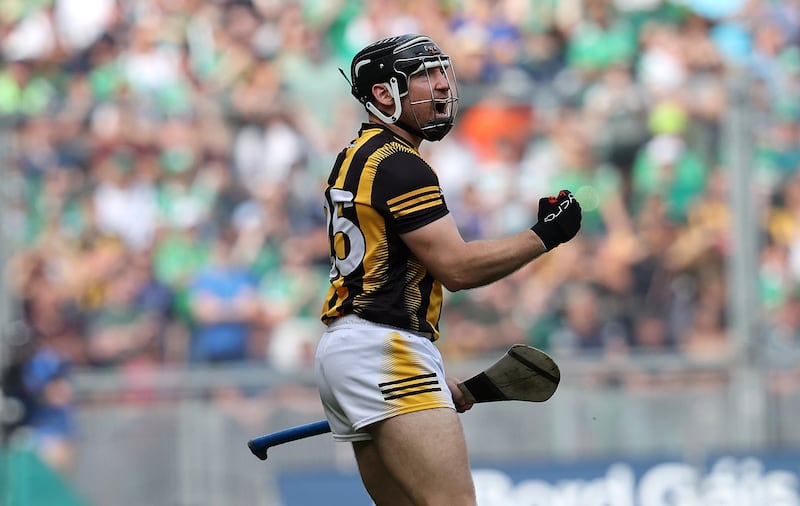
It wasn’t in Hogan’s nature, though, to just bed in and be admired, like a bright flower. Kilkenny won eight All-Irelands in 10 years and for that group of players being the best was an ongoing process of pruning and regrowth. In that time, Brian Cody was a constant gardener. Hogan was wired in the same way.
“I was a very, very, very demanding person. And I don’t know whether I would have liked myself, to be completely honest. But I just wouldn’t be able to sleep at night if I [thought something was wrong] and I didn’t bring it up. Whether that would be with another player, whether that would be with myself, whether that would be with Brian [Cody] or anybody within the management team. I couldn’t function if I felt something was wrong and important enough to point out – I would have to bring it up.
“If our dressingroom was full of yes men, we would never have won anything. But it wasn’t. It was filled with people who would challenge each other. When you’re in a high-performance environment, it is filled with tension all the time.”
In the book he describes a fraught conversation with Cody and the Kilkenny trainer Mick Dempsey in the spring of 2017, a few months after they had been eviscerated by Tipperary in the All-Ireland final. Hogan knew that he had been summoned to discuss his dull run of form, but he had watched the All-Ireland “over and over, for weeks” and was convinced that Kilkenny needed to change.
But how could he say that without seeming insubordinate, or confrontational? In the acid of the conversation, that concern dissolved.
“Do you know one of the reasons why we lost that match?” Cody said to him. “The first puck-out that went down the middle and Ronan Maher caught that ball over you. That set the tone for Tipperary for the whole match.”
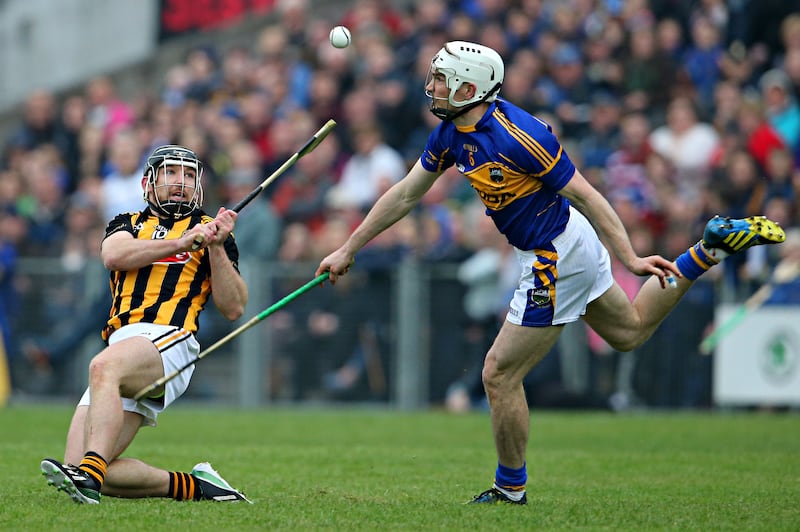
It didn’t matter that Hogan had won the next puck-out. The exchange turned into an argument. Neither of them retreated. Hogan made a lunge for the last word. “‘Look Brian, we’re both on the same team here. If you win, I win. If I win, you win. The difference is, I will do anything to win, whereas you just want to win your way,’” writes Hogan. “And he didn’t like that.”
He says he didn’t have another meeting with management “for a couple of years”. The issues, though, became entrenched. Kilkenny were no longer leading. The Blackberry had been overtaken by the iPhone.
“There was definitely a sense that for a couple of years it was very much our individual hurling talent, and our willingness to work and our absolute desire to win that was getting us over the line. Other teams had tried to be innovative against us and it had never worked. We’d always seen them off,” he says.
“But you could see that they were getting even more and more innovative and working harder and harder and we were just staying the same, relying on the same things to get us over the line. That was the period where we needed to be a little bit smarter. We were reacting way too slow, and there were certainly some internal struggles there.
“We did try to change some things, but it always felt like we really didn’t believe in what we were doing. That showed, I think. We needed to keep looking at different ways to win and instead we just stayed in the same position. And we were caught.”
Hogan was voted Hurler of the Year in 2014, which was also Henry Shefflin’s last season on the Kilkenny panel. A year later TJ Reid won the award. The assumption was that one of them would be Shefflin’s successor, if such a transfer of power was possible. As it turned out, there was no smooth transition. For a while, they were rotating taoisigh.
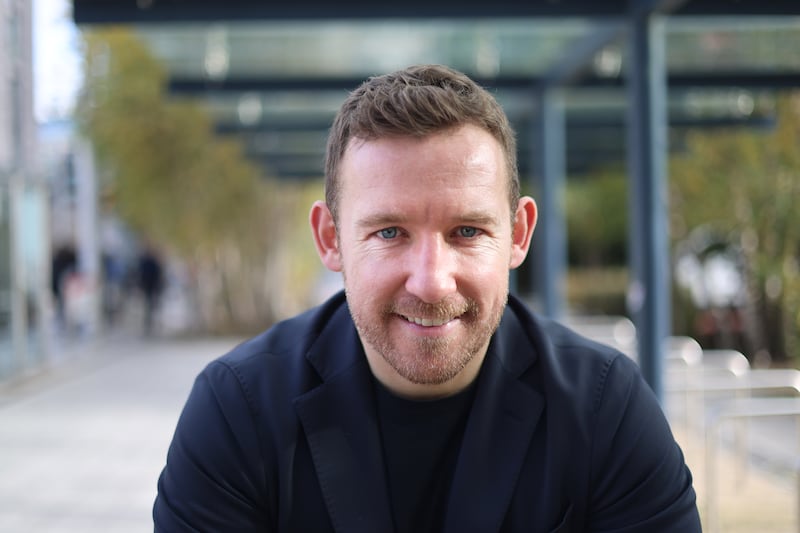
Hogan saw a lot of similarities between himself and Shefflin; with Reid, he saw surprising differences. “To be a top intercounty player meant a huge amount to me, and I could see from the way Henry spoke, and the way he acted, that it meant a huge amount to him too. I would always have seen myself as someone who tried to be a high achiever, everywhere. Not just on the pitch, but whether that’s in work, at home, in education or whatever. I wanted to do it to the best of my ability. Henry is a similar type of character to that.
“For me, when Henry left, and TJ took over the free taking, that really elevated his game to another level. But TJ is a far better forward than I was. A far better shooter. A far better finisher. I was somebody who was going to be a creator. I was going to be on the ball constantly and using it really, really, well.”
Hogan regarded himself as a big game player. With Kilkenny, only big games mattered. They sat the honours paper.
“I placed huge emphasis on being able to perform on the biggest day, so much so that I would always be quite dismissive of somebody who can produce the goods on days that don’t matter. People are judged by what they win. Our job is not to dazzle people with scores or fantastic skills. That’s not the point of the game. The point of the game is to win by whatever means necessary, within the rules. Big characters are what you need,” Hogan says.
“The ability to perform on the biggest day, and be trusted, that was what I placed most stock in. That’s what I just lived for – that’s what I absolutely lived for – to be able to produce the biggest moments when it was more difficult to do so. The older I got the more emphasis I put on that.”

When the end finally came in 2023 his back had been in mutiny for years. Along the way, other injuries tormented him too. Being available for selection and being in one piece had become estranged.
In the mornings now Hogan has an activation regime for his back before he leaves the house. He played for Danesfort again this year, but maybe for the last time. His hamstrings twanged like guitar strings. Whatever happened, though, he knew he could manage his body. Replacing the game was different.
“For three or four years prior [to retiring with Kilkenny] I was very much preparing myself for leaving and filling that void. I changed job to work with PwC, which is very rewarding, and filled with other very high performing people. I did an MBA in Trinity College, while I was still playing. So, I was up at 6am and I was in bed at 12am. It was really intense, really crazy stuff but I was doing it in preparation for when I was finished [hurling].
“So, I’m well educated. I have a degree and two masters’ degrees and I want an opportunity to reach the top of business, whatever that looks like. To be the best I can possibly be at something different. If I didn’t go all in, I would have found it incredibly hard to adjust.”
The full-time whistle went. The game continues.
Whatever It Takes, My Autobiography, Richie Hogan with Fintan O’Toole, published by Gill
- Sign up for push alerts and have the best news, analysis and comment delivered directly to your phone
- Find The Irish Times on WhatsApp and stay up to date
- Our In The News podcast is now published daily – Find the latest episode here



